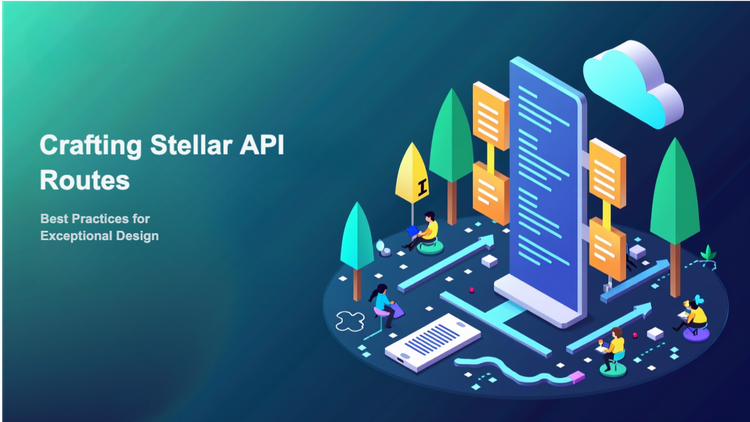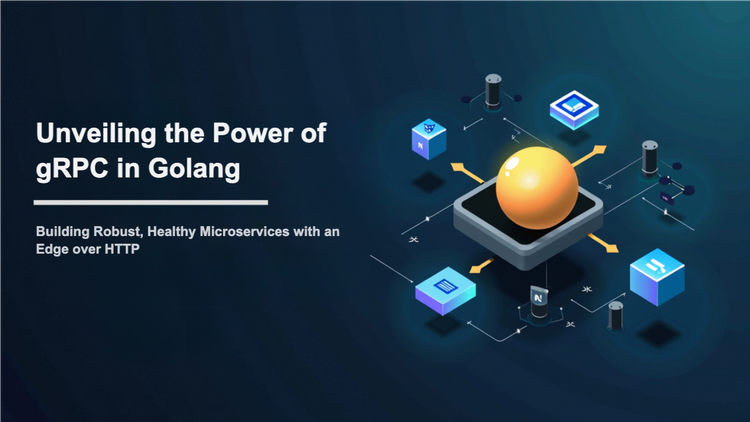Exploring Microservices vs Monolith: Use Cases and Benefits for Your Next Software Architecture
When it comes to software development, the decisions we make about architecture can have a profound impact on the success of our applications. Two architectural approaches that have garnered much attention are microservices and monoliths. Both approaches tackle the challenges of building complex software systems, but they each have their own unique principles and strategies for implementation. Microservices offer a decentralized approach, where applications are divided into smaller, independent services that communicate with each other through APIs. This approach promotes scalability, as individual services can be developed and deployed independently. It also enhances maintainability by isolating changes to specific services without impacting the entire system. However, managing inter-service communication and ensuring consistency across multiple services can be challenging. On the other hand, monolithic architecture follows a more traditional structure where all components of an application are tightly coupled together. While this approach may seem less sophisticated compared to microservices, it offers simplicity in terms of development and deployment. Maintaining consistency is easier since all components reside within one codebase; however, scaling specific functionalities or making changes to individual parts becomes more difficult. In summary, choosing between microservices and monoliths requires careful consideration of your project's requirements and goals. Both approaches bring their own advantages and trade-offs in terms of scalability, maintainability, and overall performance. By understanding these differences, you can make informed decisions that align with your organization's needs
Microservices Architecture: A Modular Approach
Microservices architecture is a game-changer when it comes to designing applications. It promotes breaking down the application into smaller, self-contained services that work independently. Each service focuses on a specific business capability and interacts seamlessly with other services through clear interfaces. This approach ensures flexibility, scalability, and easier maintenance for your application. This modular approach offers several advantages, including:
- Scalability: Microservices offer a game-changing advantage by providing the ability to scale independently according to demand. This allows for optimal resource allocation and effectively manages varying workloads. The result? Efficient utilization of resources and seamless adaptation to changing demands.
- Maintainability: The beauty of microservices lies in their independent development, deployment, and maintenance capabilities. With this approach, managing and updating complex systems becomes a breeze. Each microservice can be worked on individually, allowing for greater flexibility and efficiency in maintaining your software ecosystem.
- Fault Isolation: One of the great advantages of using microservices is the ability to isolate failures. Even if one microservice encounters an issue, it won't cause a complete system failure. This enhances the resilience of the overall application and ensures that other parts of the system can continue functioning smoothly.
- Technology Heterogeneity: When it comes to building microservices, the beauty lies in the fact that you have the freedom to choose from various programming languages and frameworks. This flexibility allows you to leverage the best tools available for each specific task, resulting in a more efficient and scalable architecture. So whether you prefer Java, Python, or any other language, microservices offer endless possibilities for embracing the technology stack that suits your business needs.
Monolith Architecture: A Unified Approach
In contrast, monolith architecture consolidates an application into a single, closely-knit entity. It encompasses all elements, from the application logic to data access and user interface, within one codebase. Although this approach boasts simplicity, it does come with its own set of restrictions:
- Scalability: Scaling monolithic applications can be quite the challenge. One of the difficulties is that when a specific component experiences increased demand, you often have to scale the entire application, which may not always be necessary. This inefficiency can lead to wasted resources and unnecessary costs.
- Maintainability: As your codebase grows larger and more complex, managing and updating it can become quite a challenge. It demands a significant amount of time and effort to navigate through the intricacies of a monolithic codebase. But fear not! There are tools and techniques available that can simplify this process, saving you valuable resources while ensuring the smooth functioning of your application.
- Fault Propagation: The interconnected nature of a monolithic system can pose challenges when failures occur. A failure in one component can swiftly spread to other parts, causing a domino effect that reduces the overall availability of the system. This highlights the need for a more distributed and resilient architecture to minimize such cascading failures and ensure optimal system performance.
- Technology Homogeneity: Monoliths have traditionally relied on a single programming language and framework, which can limit their ability to adapt to new technologies. This lack of flexibility can be a hindrance when it comes to staying up-to-date with the latest advancements in the tech world.
Use Cases for Microservices and Monolith
When it comes to deciding between microservices and monolith architectures, it's crucial to consider the unique requirements and characteristics of your application. Both options have their merits, so let's explore some use cases for each. Microservices architecture shines in scenarios where scalability, modularity, and fault isolation are key. If you anticipate rapid growth or frequent updates to individual components of your application, microservices allow for independent development and deployment. Furthermore, they enable teams to work on different services simultaneously without impacting the entire system. On the other hand, monolithic architecture may be a suitable choice if simplicity and ease of management are top priorities. If your application is relatively small or doesn't demand extensive scaling capabilities, a monolithic approach can simplify development workflow and reduce operational overhead. Remember that there isn't a one-size-fits-all solution – carefully weigh the specific needs of your project before making a decision. By aligning the chosen architecture with your application's requirements, you can optimize its performance and ensure long-term success.
Microservices:
- Highly scalable and responsive applications: Microservices are the perfect solution for applications that encounter varying levels of traffic and demand quick scalability. With their flexible nature, they can effortlessly handle fluctuating workloads, ensuring your application is always performing at its best. So whether you're experiencing a sudden spike in traffic or need to accommodate rapid growth, microservices have got you covered.
- Distributed systems with diverse requirements: Microservices architecture is the perfect solution for creating distributed systems that require diverse performance, availability, and security capabilities across various components. By adopting this approach, you can effectively address the unique requirements of each element while ensuring seamless integration and optimal system functionality.
- Applications with frequent updates and experimentation: Microservices are the secret sauce to achieving agile development and delivering new features and bug fixes at lightning speed. By breaking down your applications into smaller, independent services, you can work on them in parallel, accelerating release cycles. This not only allows for quicker deployment but also promotes flexibility and scalability, giving your business a competitive edge in the fast-paced digital landscape.
Monolith:
- Simple, well-defined applications with predictable workloads: Monoliths are an excellent choice for applications that have consistent requirements and predictable traffic patterns. They provide stability and reliability, ensuring smooth operations and enhanced user experience. With monolithic architecture, you can confidently handle your application's demands without worrying about scalability issues or complex integration challenges.
- Applications with tight integration and interdependencies: When different parts of an application are closely intertwined and need to communicate frequently, opting for a monolithic architecture can be a highly efficient choice. By keeping all the components together, it streamlines communication and ensures seamless interaction between various elements.
- Applications with limited resources or development expertise: For teams or projects with limited resources and expertise in distributed systems, monoliths can be a more practical option. They offer manageability and simplicity, making it easier for smaller teams to handle.
Conclusion
When it comes to software development, the choice between microservices and monolith architectures is no easy task. Both options come with their own set of pros and cons, which makes careful consideration essential. Factors like scalability, maintainability, and technology constraints should be evaluated thoroughly in order to determine the most suitable architectural approach for your application. Making an informed decision at this stage can significantly impact the success of your project.





